Tag Archive for: death
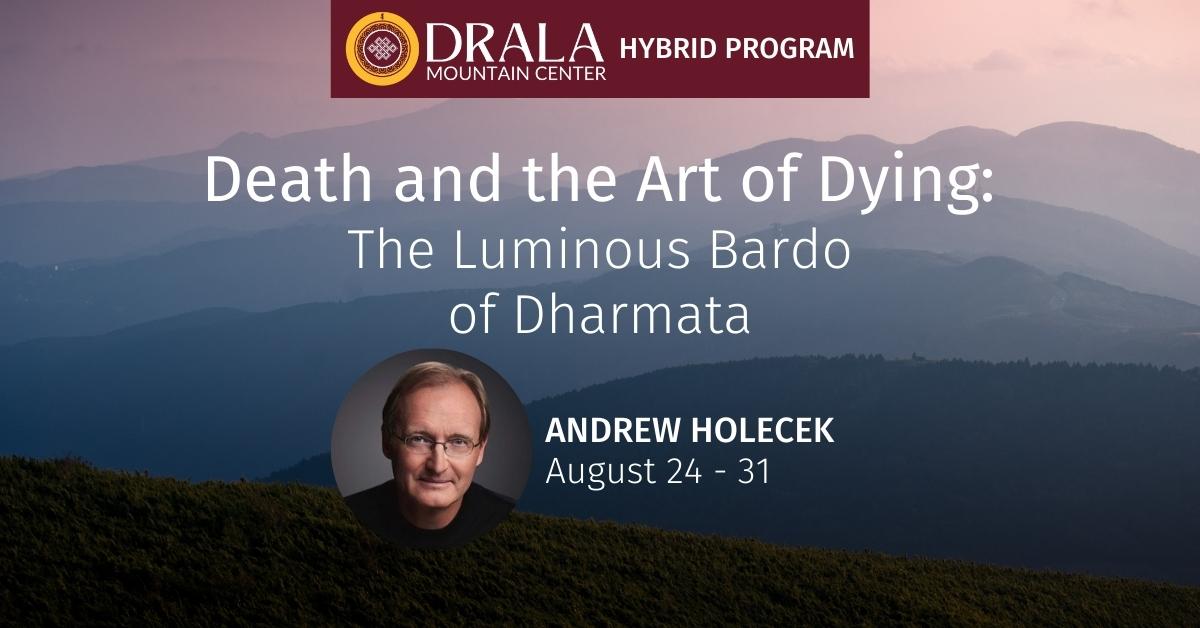
Dream Yoga as Preparation for the Bardos
Creative Expression, Mind-Body, Mindful Livingby: Andrew Holecek If you are well trained, your first after-death experience will be the luminous bardo of dharmata.…
by admin0 comments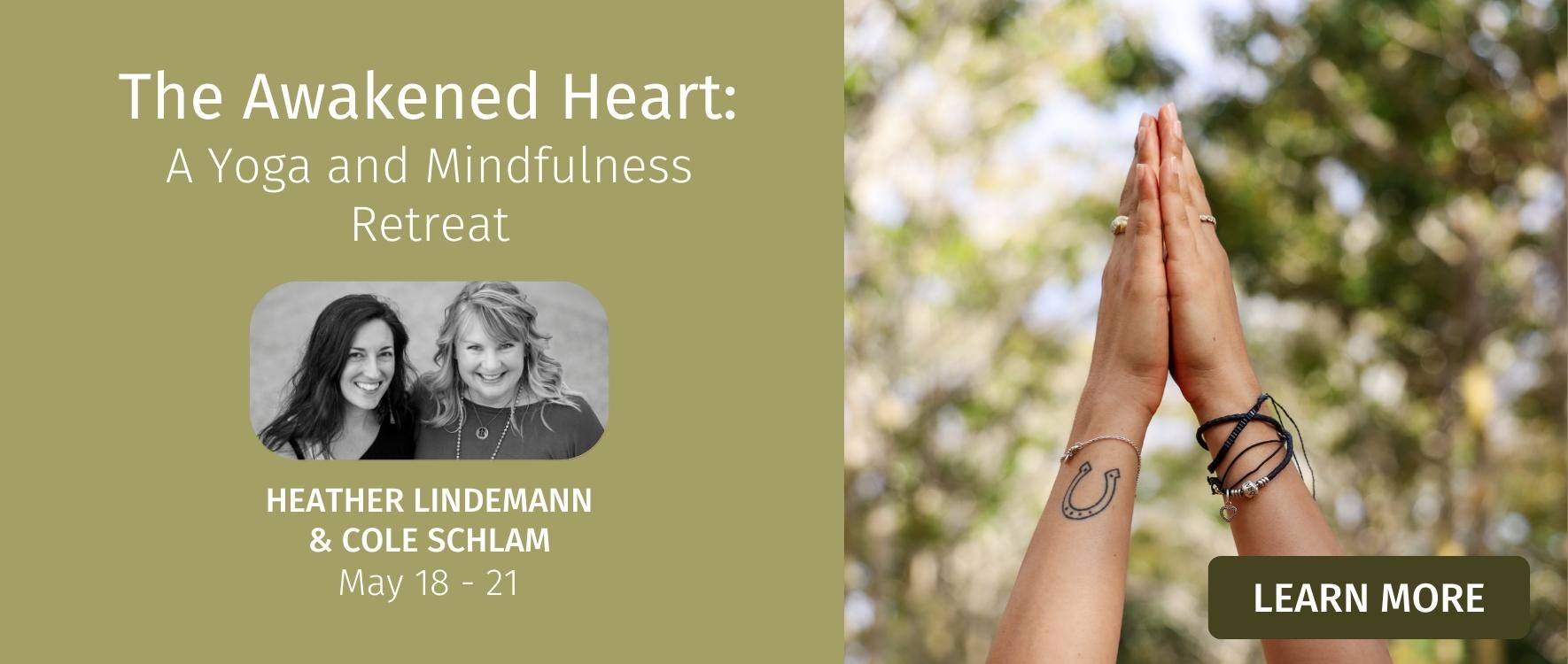
Graceful Entry: The Bardo of Becoming with Andrew Holecek
Creative Expression, Mind-Body, Mindful LivingThe silence and majesty of the Colorado Rockies provides the ideal backdrop for exploring the Buddhist approach to the…
by admin0 comments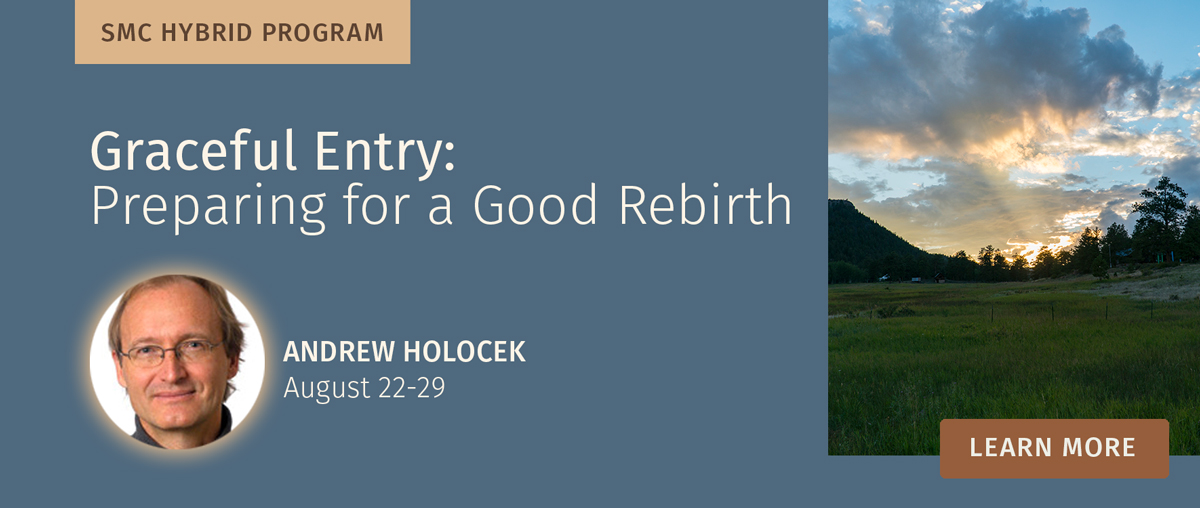
Bardo of Becoming
Creative Expression, Mind-Body, Mindful Living, Nature// by Andrew Holecek If you are well trained, your first after-death experience will be the luminous bardo of…
by admin0 comments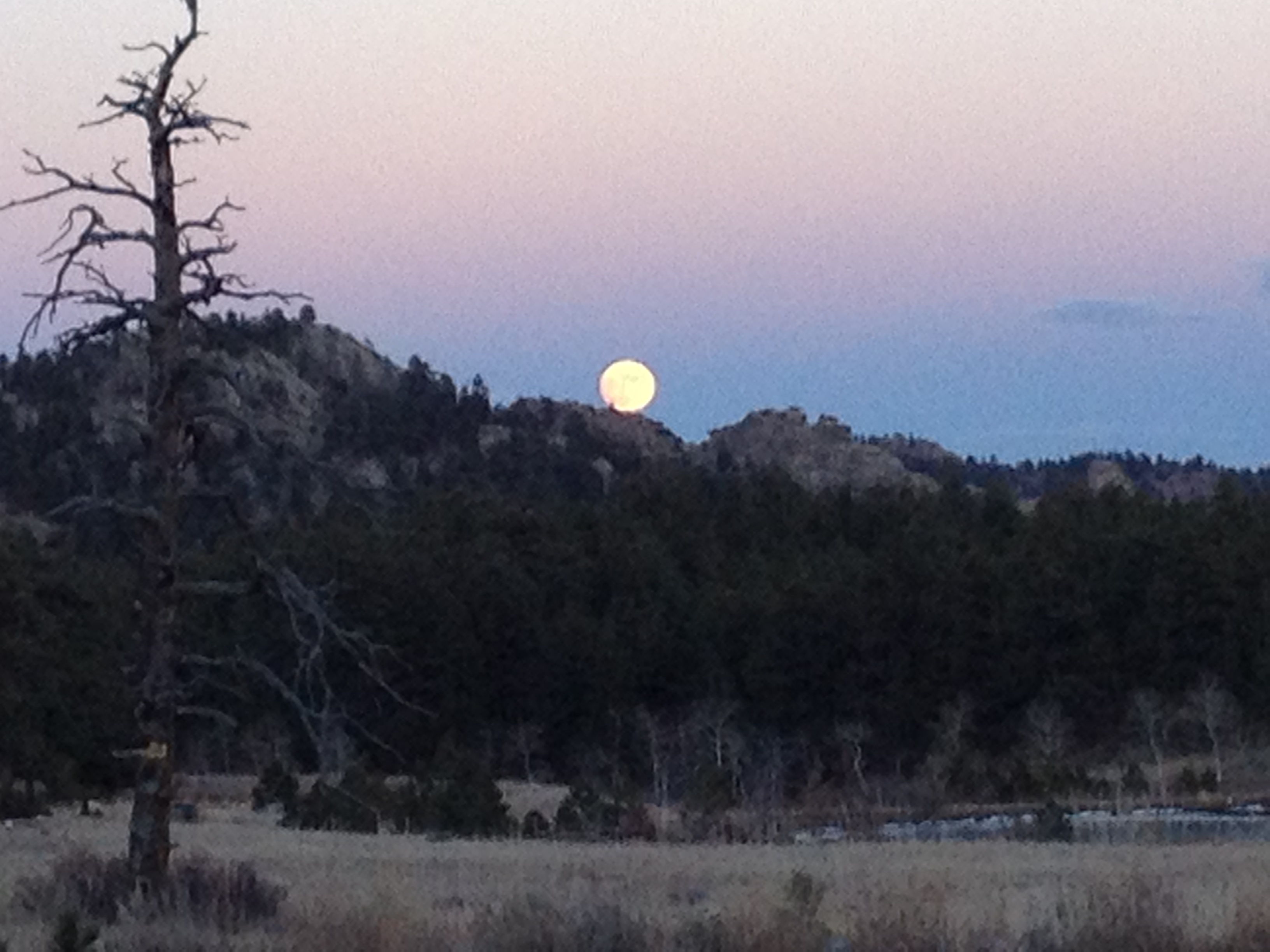
Is Today a Good Day to Die? How Meditation and Yoga Can Liberate You From Fear
Mind-BodyI hope, as you read this, that you are well and free from any indications that your life will be cut…
by admin0 comments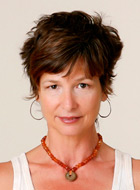
Facing Death, Finding Joy: A Conversation with Elysabeth Williamson
Mind-BodyBy Travis Newbill Elysabeth Williamson will be leading Savasana: Exploring our Death to Liberate our Lives, along with Margery McSweeney,…
by admin0 comments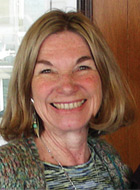
Befriending Small Deaths-Big Deaths: A Conversation with Dominie Cappadonna
Mind-Body.By Travis Newbill Dominie Cappadonna will be leading Befriending Small Deaths – Big Deaths, along with Joshua Mulder, May…
by admin0 comments
Befriending Small Deaths-Big Deaths: A Conversation with Dominie Cappadonna
Mind-BodyDominie Cappadonna will be leading Befriending Small Deaths-Big Deaths along with Joshua Mulder, May 9-11 Approaching death with…
by admin0 comments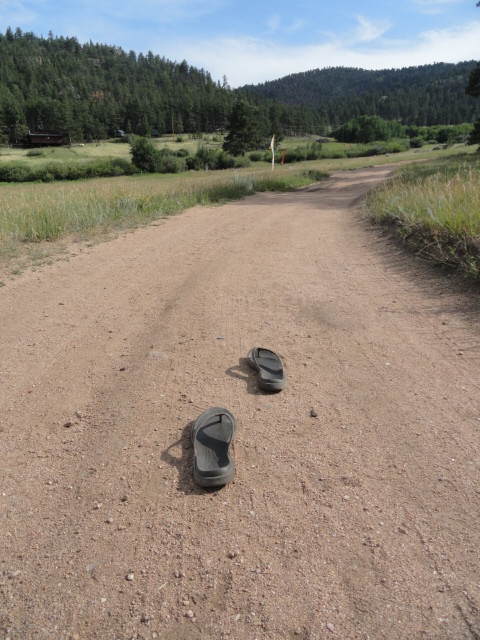
Traveling Light
Mind-Bodyby Andrew Holecek One of the biggest problems in death, as in life, is looking back, or being held…
by admin0 comments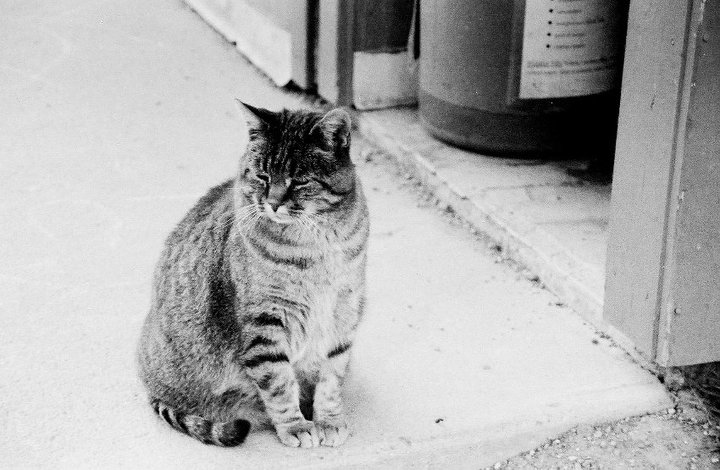
Rest in Peace, Tiger
Life at SMCTiger was a feral tom cat when he first appeared at Shambhala Mountain Center. For the first several…
by admin0 comments